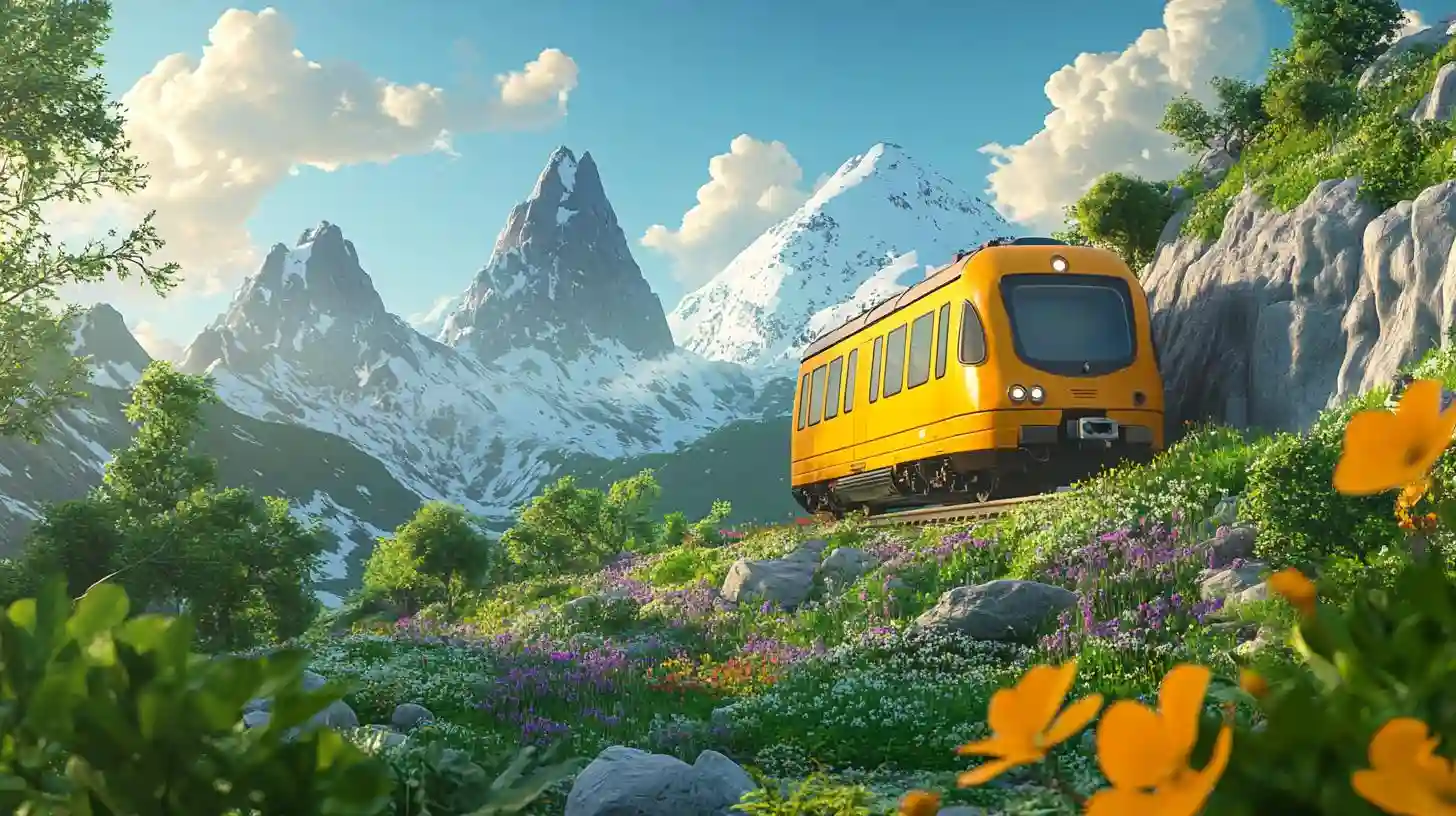
The landscape of pop culture has undergone a remarkable transformation over the years, with animation stepping into the limelight as a powerful force that captivates audiences of all ages. Once relegated primarily to children’s entertainment, animation has evolved into a multifaceted medium that taps into complex narratives, rich character development, and vibrant artistry. This shift has led to a broader appreciation and acceptance of animated works, redefining the genre’s relevance in modern society.
One significant factor contributing to the rise of animation is the advancement in technology. Sophisticated software and tools have enabled storytellers to create high-quality visuals that were once unimaginable. Animation studios now employ cutting-edge techniques that blur the lines between traditional 2D art and photorealistic 3D renderings, allowing for inventive storytelling that more vividly captures the imagination. As computer-generated imagery becomes increasingly accessible, independent creators also emerge, enriching the landscape with unique stories and diverse perspectives.
Moreover, the globalization of media has introduced audiences around the world to a remarkable variety of animated styles and storytelling traditions. The popularity of anime, in particular, has surged beyond Japan, captivating viewers with its distinct aesthetic and intricate plots. Shows like "Attack on Titan" and "My Hero Academia" reflect deeper societal narratives while challenging norms often found in Western animation. Web series and streaming platforms have further fueled this enthusiasm, offering a plethora of content that appeals to varied tastes, from lighthearted comedies to dark, introspective tales.
As animation’s scope broadens, so too does its target demographic. No longer confined to children, animated content now authentically represents the experiences and emotions of adults. Shows such as "BoJack Horseman" and "Rick and Morty" break the mold through their unconventional storytelling that explores themes of mental health, existentialism, and the human condition, all while employing humor and satire. This mature approach has helped destigmatize animation as solely juvenile entertainment, allowing it to flourish as a legitimate artistic medium that resonates with a wider audience.
Additionally, animation's cultural impact is evident in its vast influence on other forms of media. The interconnectedness of animation with video games, comics, and live-action films is increasingly apparent. Many mainstream movies now incorporate animated elements or are inspired by animated series, creating a hybrid genre that attracts fans across diverse interests. Disney and Pixar continue to pioneer this integration, but newer entrants like Netflix and Amazon Prime are making significant inroads, producing original animated films that challenge traditional storytelling models.
Social media plays a critical role in this evolving landscape, offering a platform for animated content to gain traction and create vibrant online communities. Memes, clips, and fan art thrive on platforms like Instagram, TikTok, and Twitter, allowing viewers to engage in conversations around their favorite shows and characters. This immediate and interactive nature of social media not only fosters a sense of community among fans but also aids in the rapid spread of animated content across age groups and geographical boundaries.
Furthermore, representation within animation is becoming increasingly vital. As audiences demand more inclusivity, animators are responding with diverse casts and narratives that reflect the societies they portray. Animated films and series featuring characters from different races, gender identities, and sexual orientations are becoming more prevalent, showcasing the spectrum of human experience. This shift not only validates underrepresented voices but also enriches the storytelling landscape, allowing for more holistic narratives that embrace various cultural backgrounds.
The educational aspect of animation is another dimension that contributes to its growing popularity. Animated documentaries and educational series for adults and children alike make complex subjects accessible and engaging. Platforms like YouTube host a myriad of educational channels that employ animation to simplify intricate themes, making learning a vibrant experience rather than a tedious one. This approach enhances information retention while appealing to visual learners, thereby solidifying animation’s reputation as a valuable educational tool.
As animation continues to flourish in this cultural era, it reflects a broader acknowledgment of diverse storytelling methods and artistic expression. By transcending age boundaries, technological limitations, and geographic confines, animation has established itself as a dynamic narrative form that resonates deeply within contemporary pop culture. Embracing innovation while remaining rooted in storytelling traditions, animation is poised to evolve further and inspire future generations of creators and audiences alike, proving that there's no limit to the potential of this enchanting medium.